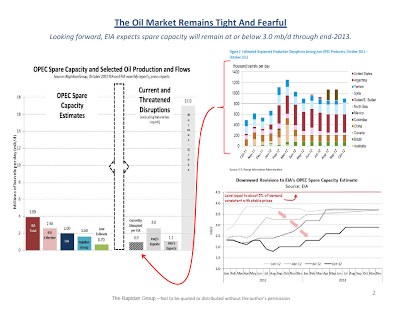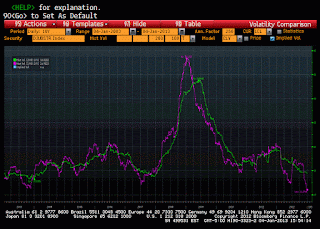Forecasts on the direction of corn prices is based on both supply and demand analysis and currently there is a high degree of uncertainty about the direction of both components.
On the supply side, uncertainty will be resolved once we have a better idea on the planting intention of farmers in the Midwest. This is the same process of uncertainty resolution that the market faces every year. There is nothing unusual here. The early expectation is that this will be another year of record acreage.
The problem area is determining demand. The demand equation is driven by three factors, ethanol, feed, and exports.
The export market is driven by relative prices against alternative corn growers. Here the focus has to be on the price of South American corn.
For ethanol, the focus has to be on gasoline prices. Given the still strong gasoline markets, ethanol has not be as responsive to the gains in corn prices. Ethanol prices are below RBOB futures prices which means there is gross
positive spread on ethanol production. Ethanol production is expected to
increase this year after lower gains the last two years. Capacity for
ethanol production has doubled in the last five years but is now showing
rationalization as new investments in this energy sector has dwindled.
Ethanol production is hitting saturation with US gasoline using 10%
ethanol blend or E10 gas. New ethanol demand will have to come from
higher gasoline usage when the saturation point is hit. The information
on earnings is also less attractive which has affected the return
opportunities in this sector. There should be a pullback in demand from this sector, but ethanol firms have increased productivity; consequently, it is not easy to say how demand rationing will affect this key market sector.
Feed and residual has not shown the rationing that was expected in the last two quarters. Livestock herds have declined but the demand for feed has not followed expectations and declined as much as expected. Hence, overall demand is stronger than expected which places a constraint on any price decline.



















